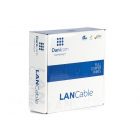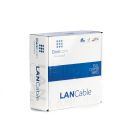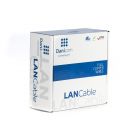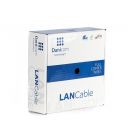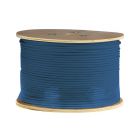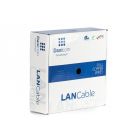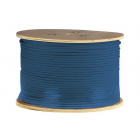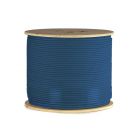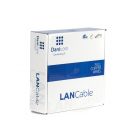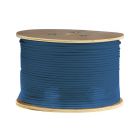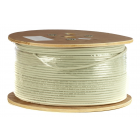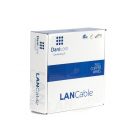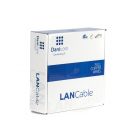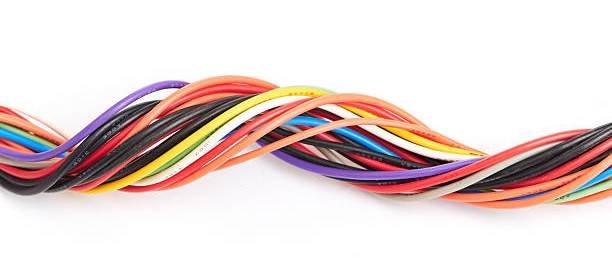The new European standard EN 50575 for the fire behavior of cables has been mandatory since July 1, 2017. The aim of this standard is to reduce the risk of fire. A CPR classification is provided with professional cabling. CPR stands for Construction Products Regulation. By adding this universal classification to professional installation cables, the quality of the cabling can be better guaranteed. We would like to explain what the classification entails.
What is CPR?
CPR is a European regulation that ensures clear requirements for the main properties and performances that construction products must meet. In the Netherlands, NEN8012 has been established for this purpose. Professional cabling used in installations in buildings is assessed for their fire behavior and falls under the CPR in this regard. Nowadays, professional cabling is also classified into different fire classes.
The classification is indicated based on the cable's reaction to fire. The cable is assessed for factors such as fire propagation, heat release, smoke development, falling particles, and the acidity of the cable. By using the classification for this, it becomes easier to choose the right cable for the respective building type.
The different classifications with their corresponding properties are:
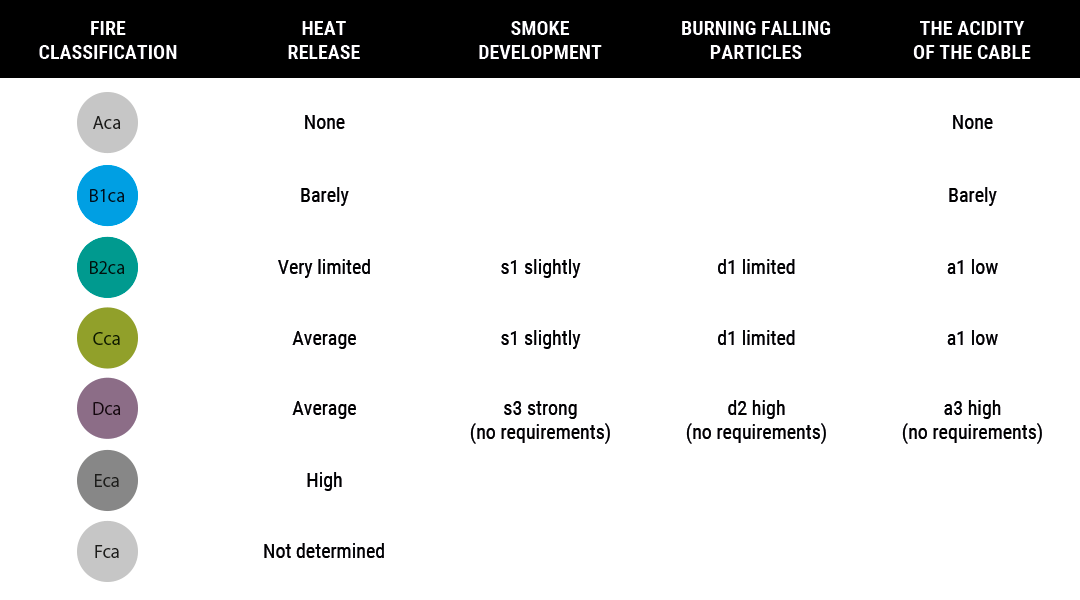
The Dutch standard NEN 8012
Based on the new European standard, EN 50575, the new Dutch standard NEN 8012 has been established. The aim of NEN 8012 is also to limit the consequential damage from fire through electrical lines. Users must choose the required and most suitable products for each situation in accordance with NEN 8012. Since NEN 8012 is the Dutch standard, there is a good chance that one will only deal with this standard. In the table below, you will find the four classifications and fire risks included in NEN 8012:
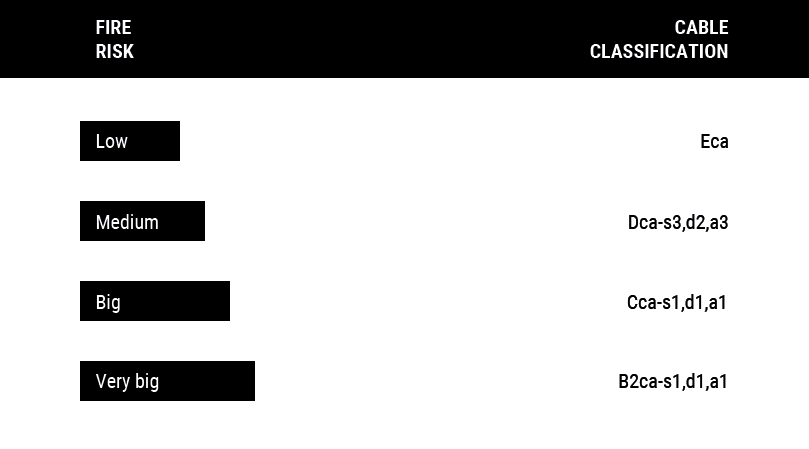
Example
If the risk of fire is very high, according to NEN8012, one chooses a B2ca cable (fire risk: Very large). In other words, the cable may hardly or not at all contribute to the spread of fire, in the European standard EN 50575, again the B2ca cable (fire contribution: very limited).
DoP for Professional Cabling
It must be demonstrated that the classified cables comply with the European standard EN 50575, this is done through a DoP certificate. DoP stands for Declaration of Performance. The DoP certificate demonstrates that the cables have been tested according to the prescribed fire and test method. The CE marking will also be used. Products with a CE marking meet the requirements and ensure the safety of users.
Consequences of CPR Classification
The CPR classification has consequences for everyone, from the manufacturer to the end user. Manufacturers must test the cables and assign the correct classification based on the results. By preparing a DoP and CE marking, they can demonstrate this. Wholesalers and distributors of the cables must ensure that the correct information is provided during the sale through the DoP certificate.
Installers and advisors must, based on the regulations, know the advantages and disadvantages as well as the consequences for end users. With this information, they have the responsibility to choose the right cable for installation.






